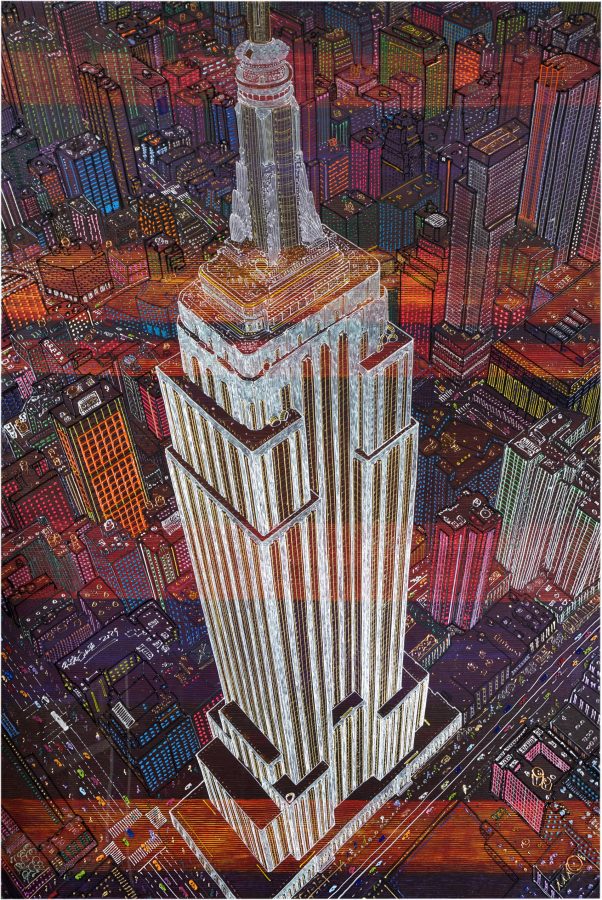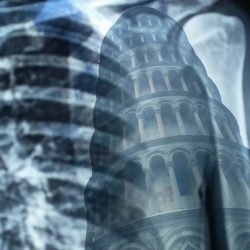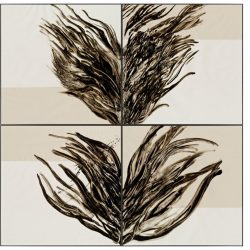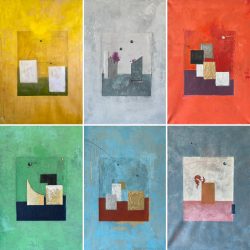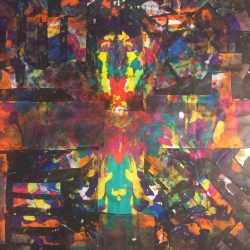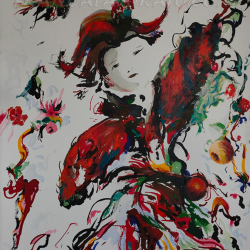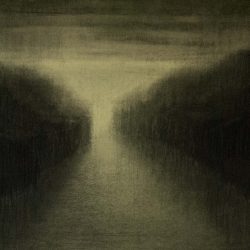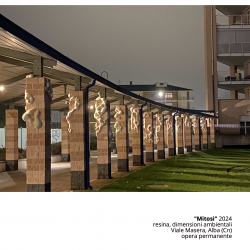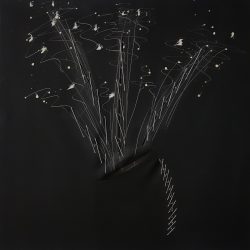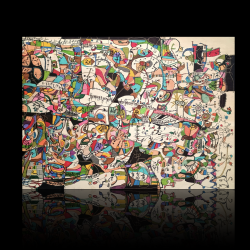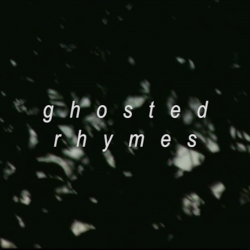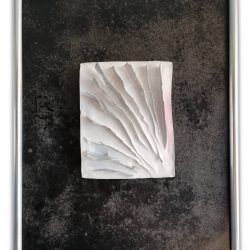work
Aria dura per la finzione di uno scorcio urbano 424 New York
| category | Painting |
| subject | Landscape, Abstract, Architecture |
| tags | aria dura, New York, Empire |
| base | 100 cm |
| height | 150 cm |
| depth | 7 cm |
| year | 2024 |
mixed media on polycarbonate and canvas



